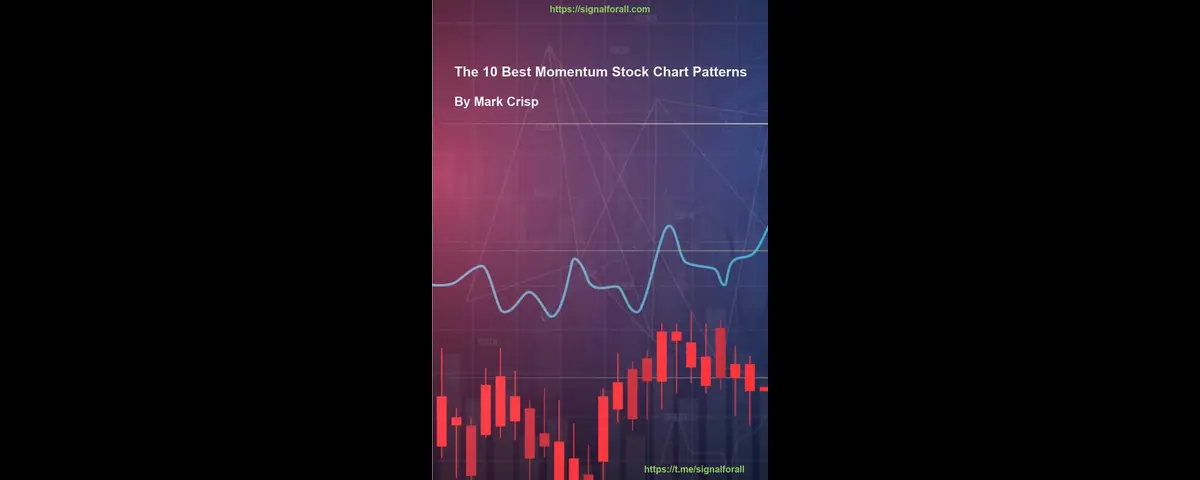In this book, we delve into the arsenal of technical indicators that act as essential tools for traders seeking to interpret market signals and forecast potential price movements.
Moving Averages (MA) offer a foundational analysis tool, smoothing out price data over a specified time period to delineate trends and mitigate the noise from random price fluctuations.
Exponential Moving Averages (EMA), a type of MA, give greater weight to the most recent prices and respond more quickly to price changes than simple moving averages.
The Relative Strength Index (RSI) measures the speed and change of price movements, oscillating between zero and 100. Traditionally, an asset is considered overbought when the RSI is above 70 and oversold when it is below 30, signaling potential reversal points.
Moving Average Convergence Divergence (MACD) is a trend-following momentum indicator that shows the relationship between two moving averages of a security’s price. Traders look for signal line crossovers, centerline crossovers, and divergences to generate signals.
Bollinger Bands consist of a middle band being an N-period simple moving average (SMA), an upper band at K times an N-period standard deviation above the middle band, and a lower band at K times an N-period standard deviation below the middle band. This measures market volatility and ‘squeezes’ can often signal upcoming breakouts.
The Stochastic Oscillator compares the closing price of a security to its price range over a given time period, with the sensitivity of the oscillator to market movements adjustable by altering the time period or taking a moving average of the result.
Fibonacci Retracements are tools used to predict potential price levels referring to areas of support or resistance. These levels are found by drawing a trendline between two extreme points and then dividing the vertical distance by the key Fibonacci ratios.
Ichimoku Cloud is a collection of technical indicators that show support and resistance levels, as well as momentum and trend direction, by giving a comprehensive look at the price action.
Volume is often considered the cornerstone of technical analysis. It measures the number of shares or contracts traded in a security or an entire market during a given period. Volume indicators can validate price movements and trend reversals.
Understanding these indicators allows traders to interpret complex market data, spot trends, and potential entry and exit points, providing a strategic edge in trading decisions. Each indicator has its strengths and works best when combined with others to confirm trading signals and strategies.
Download the Full Article For Free










